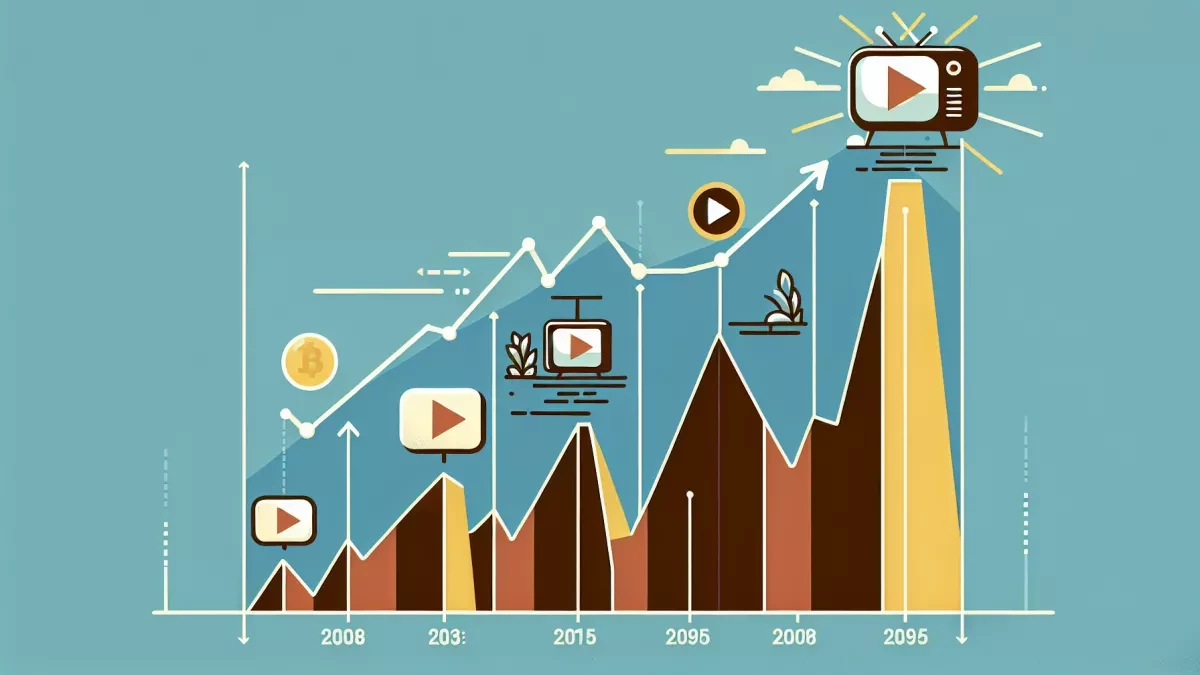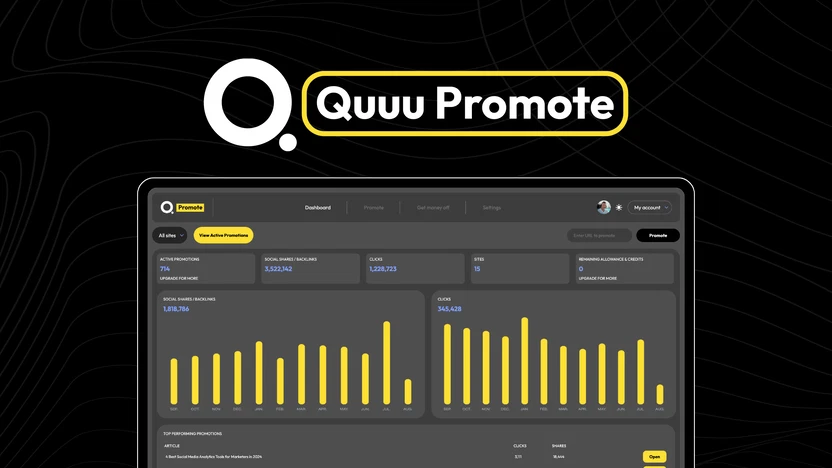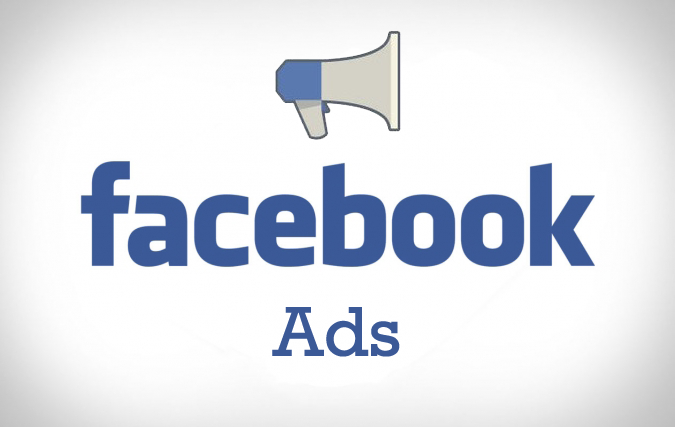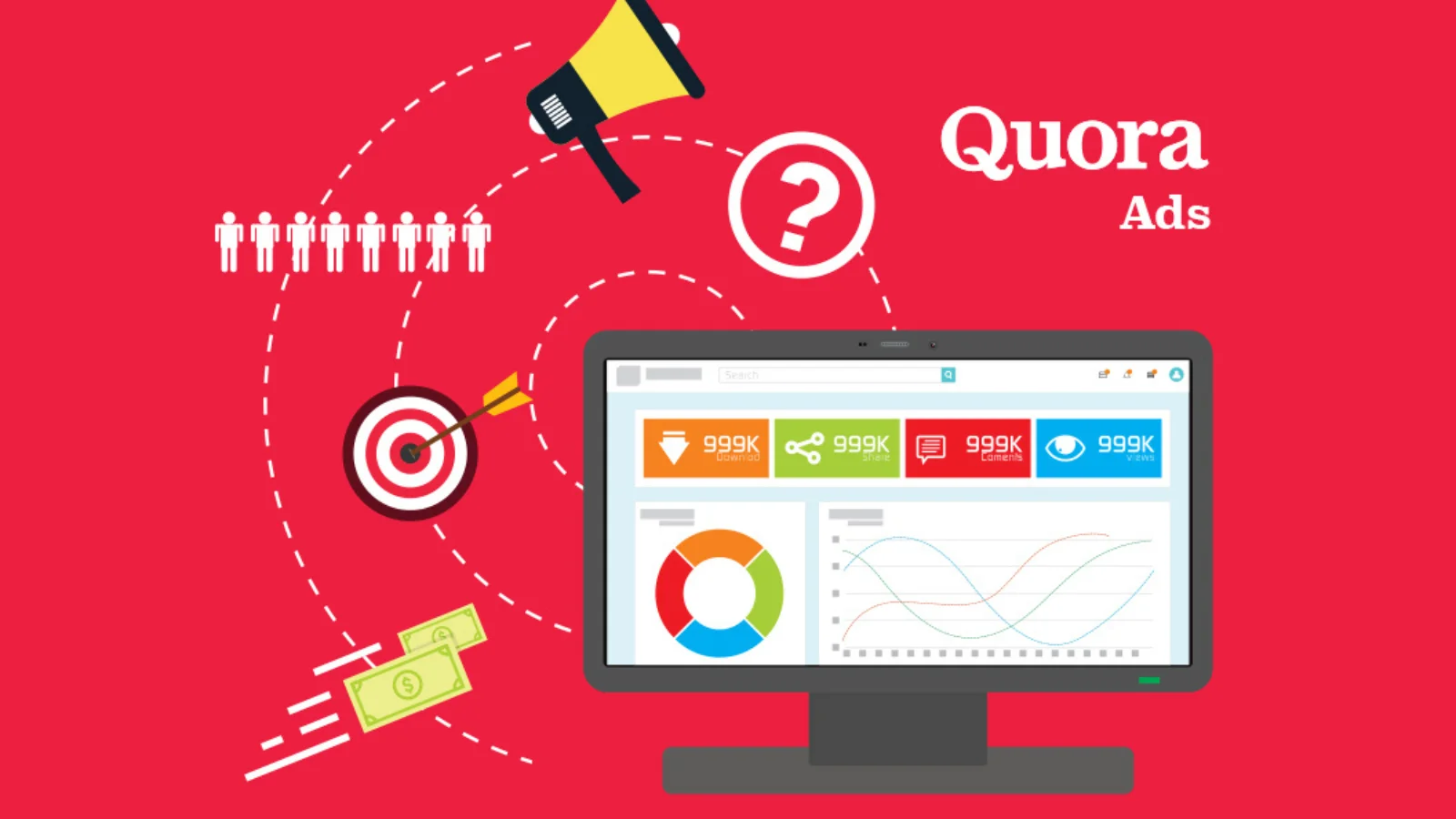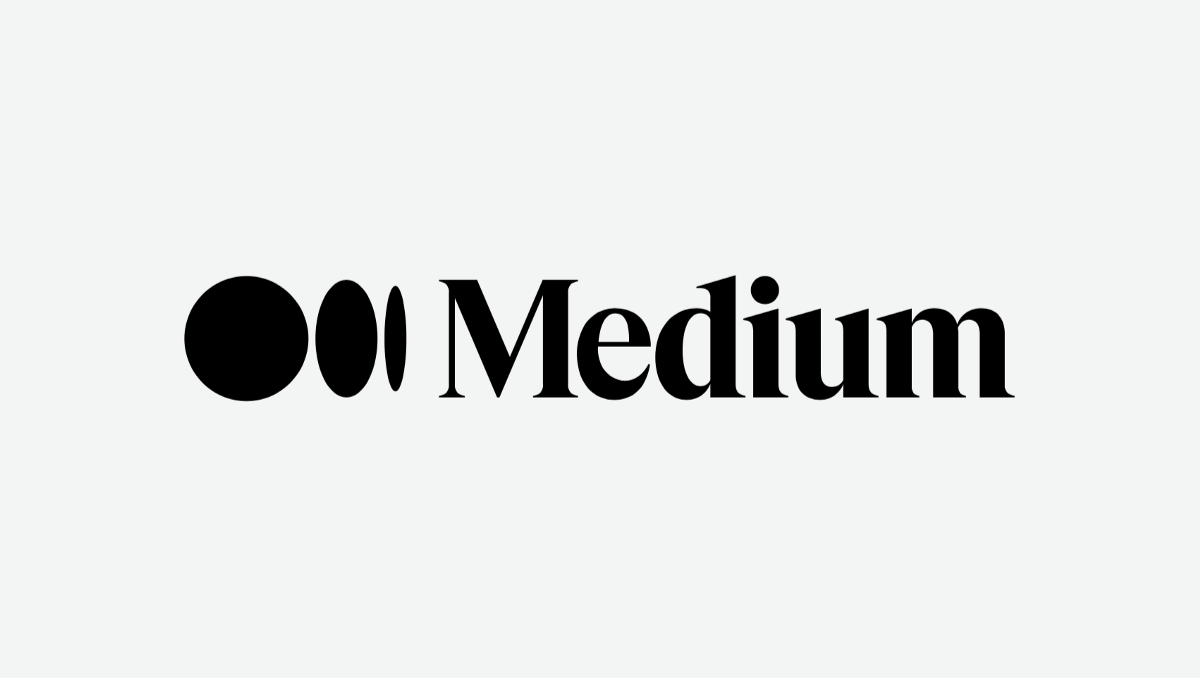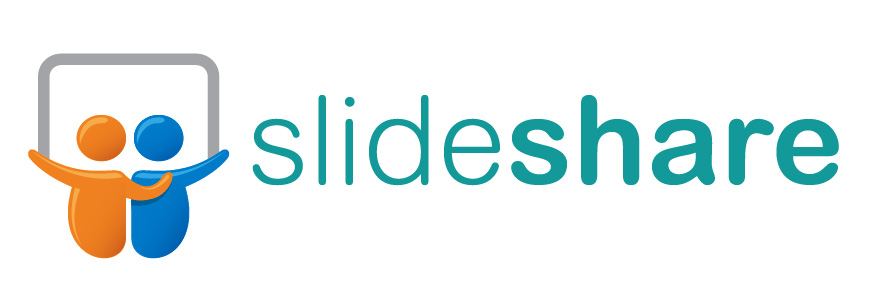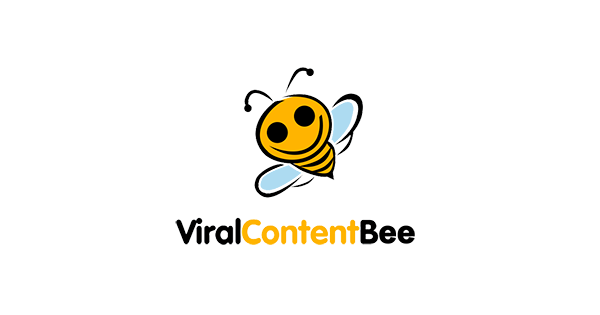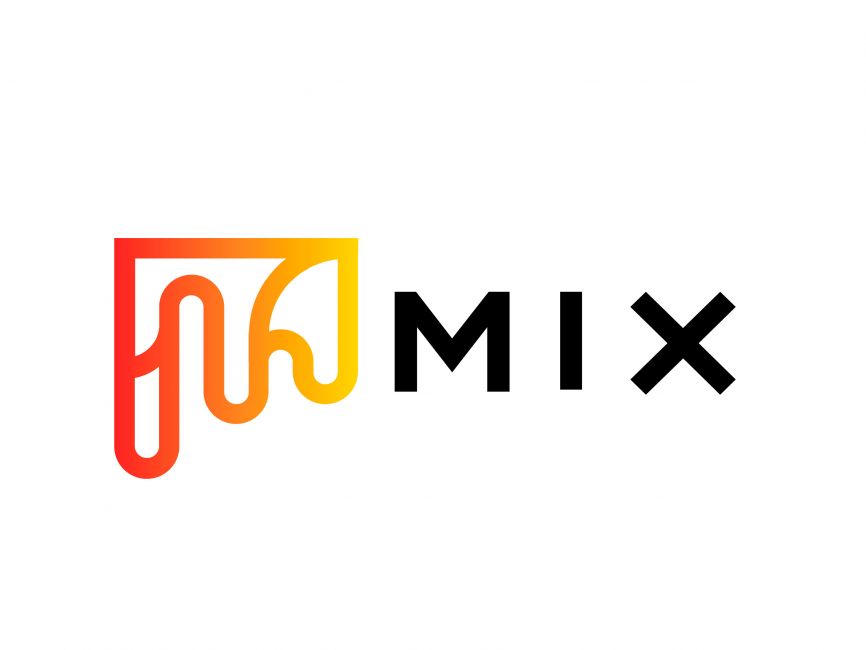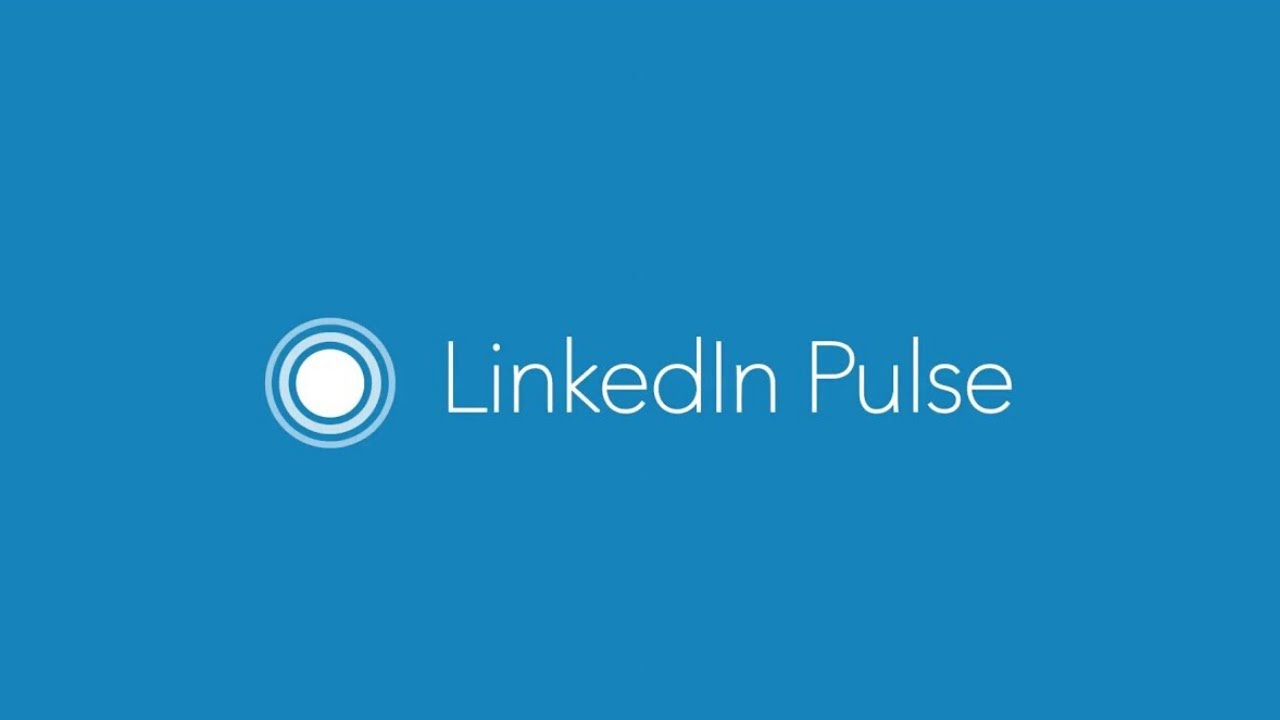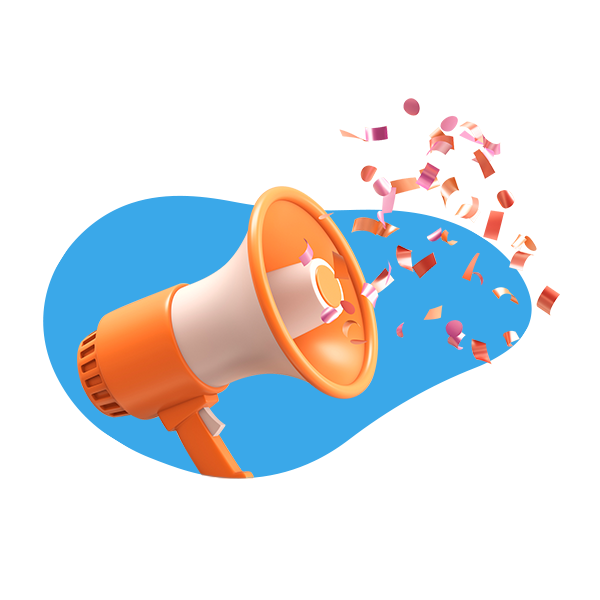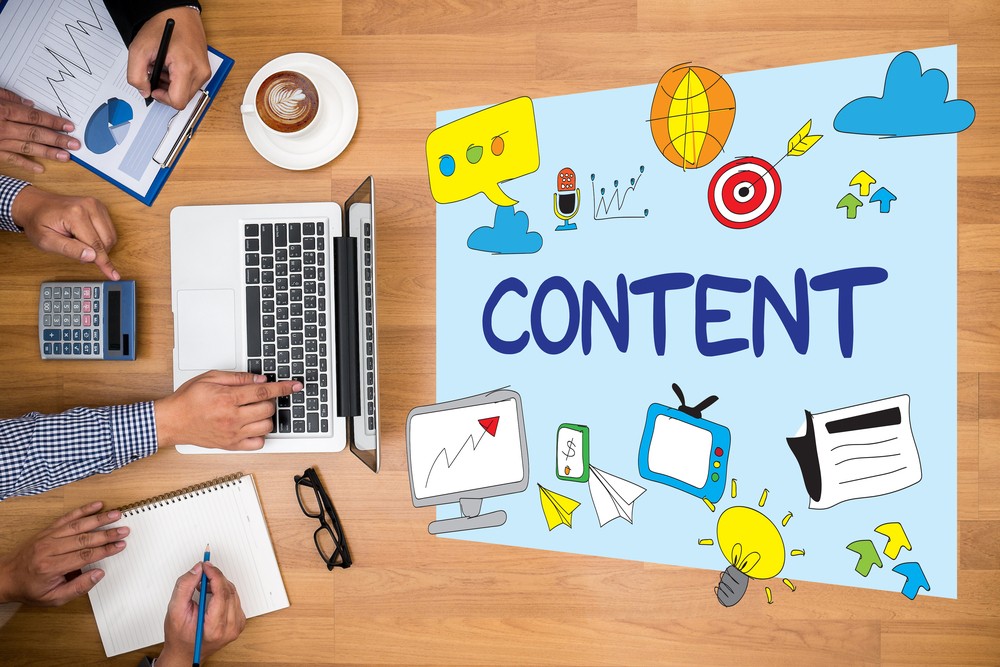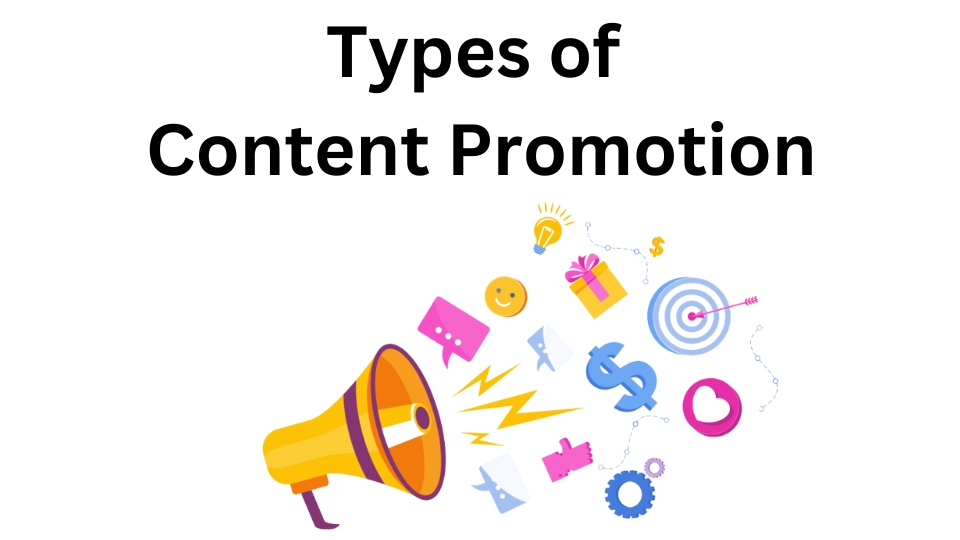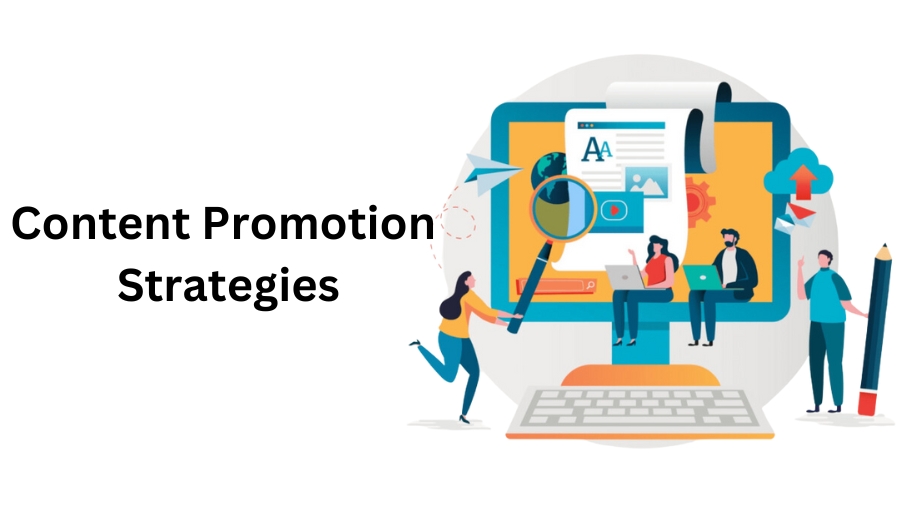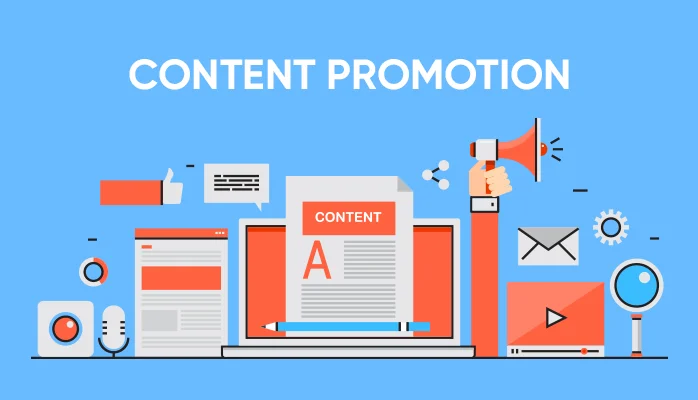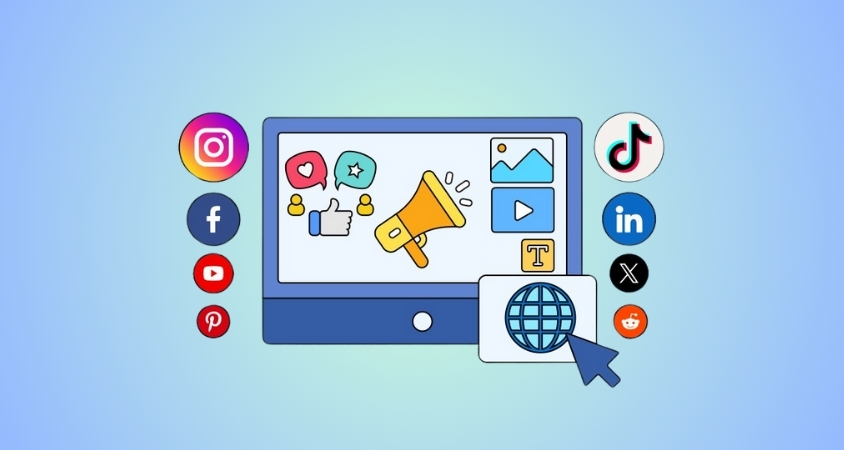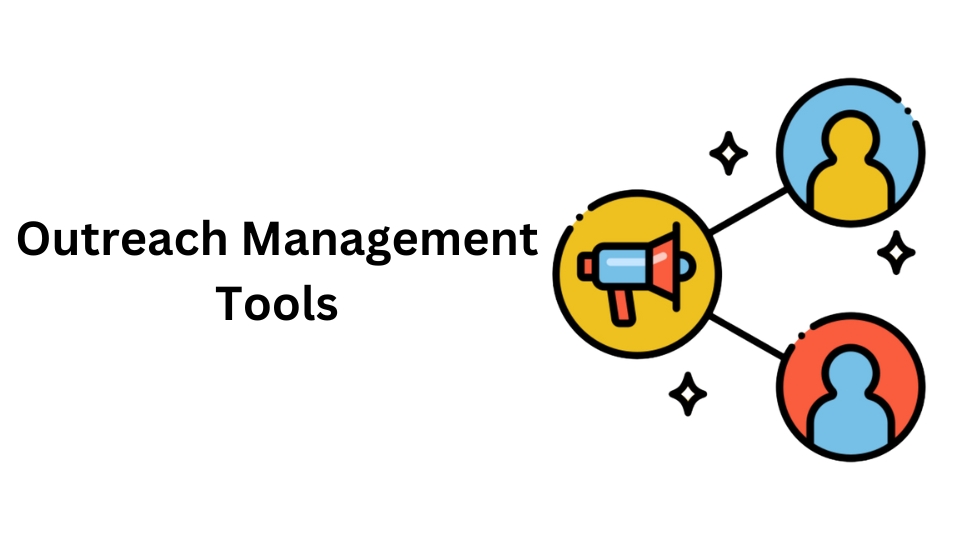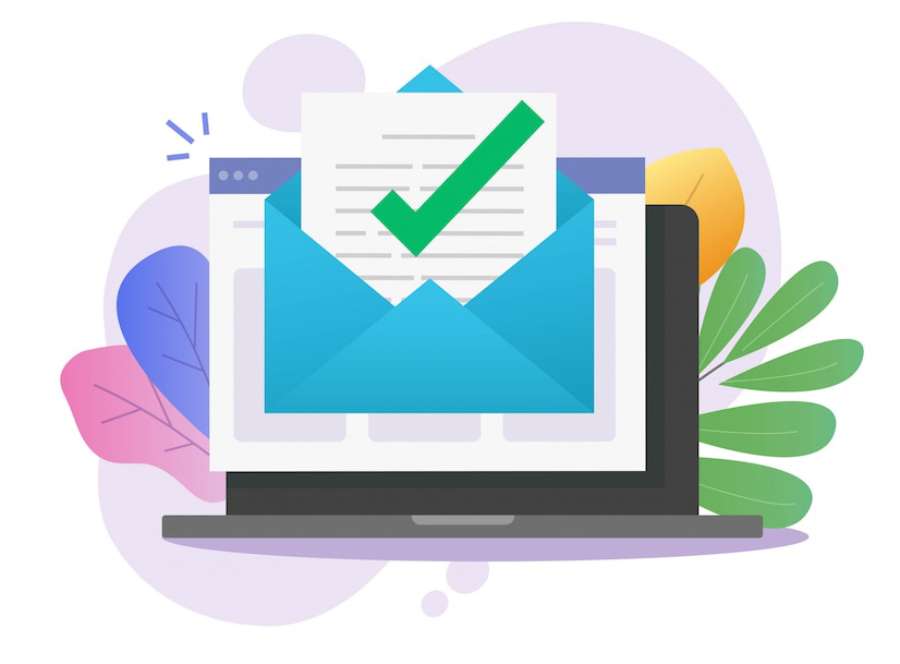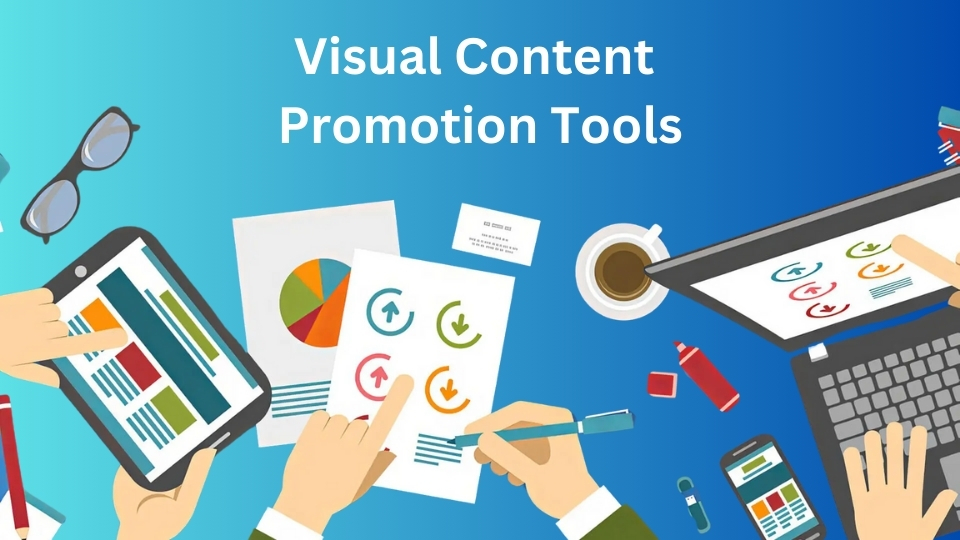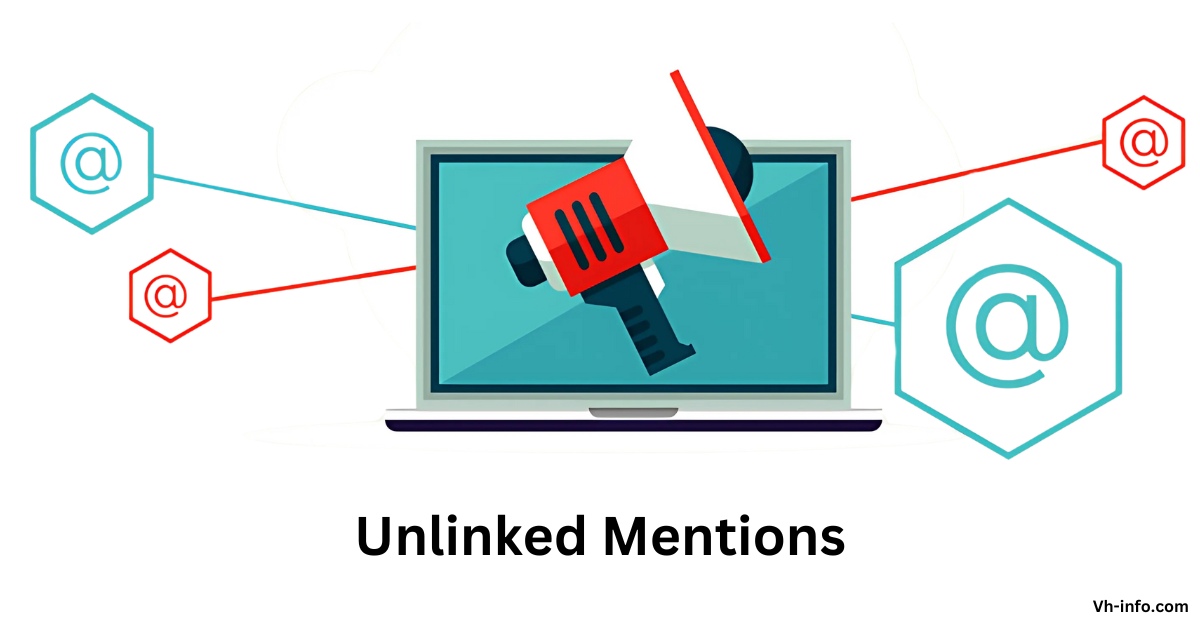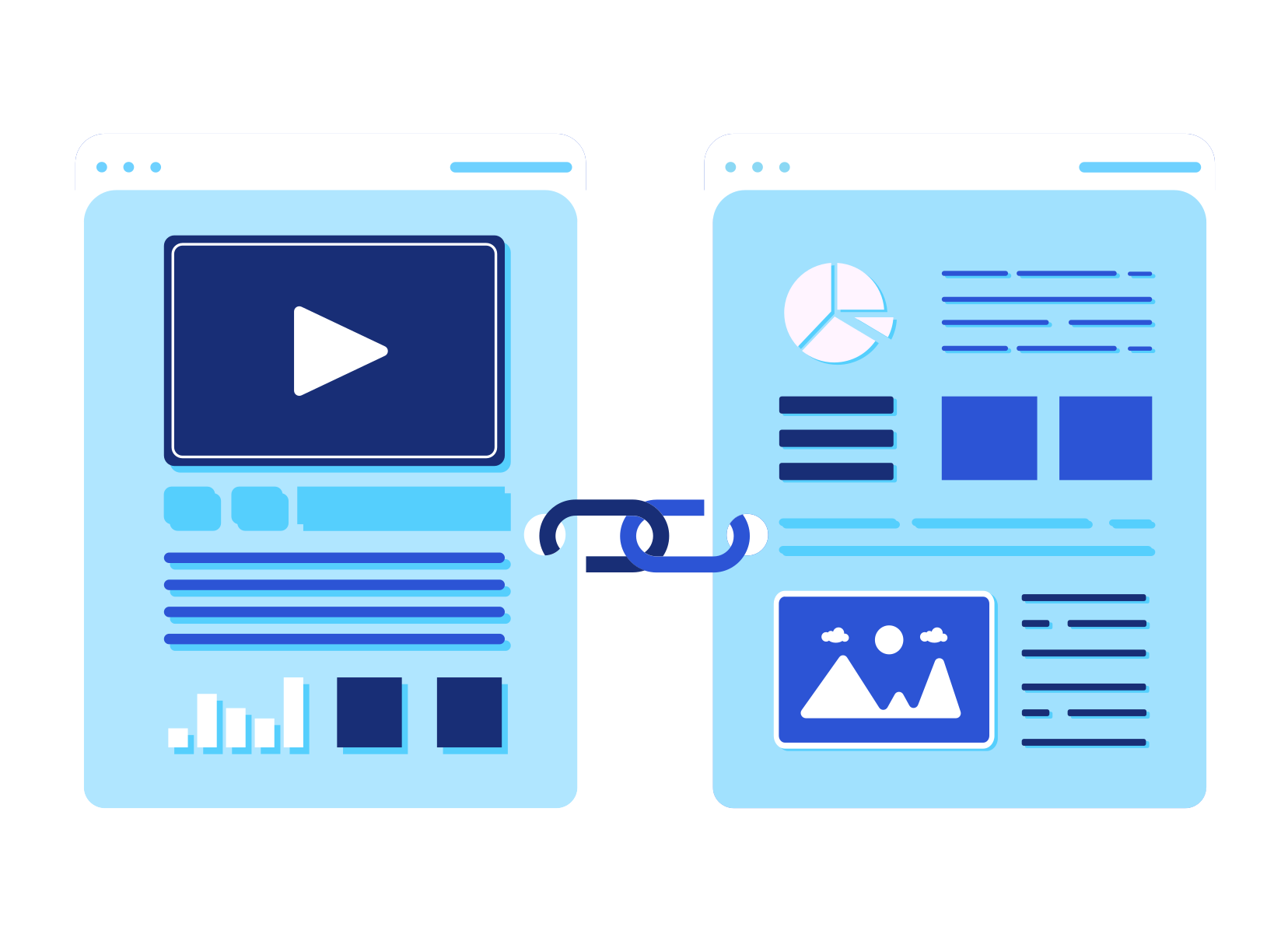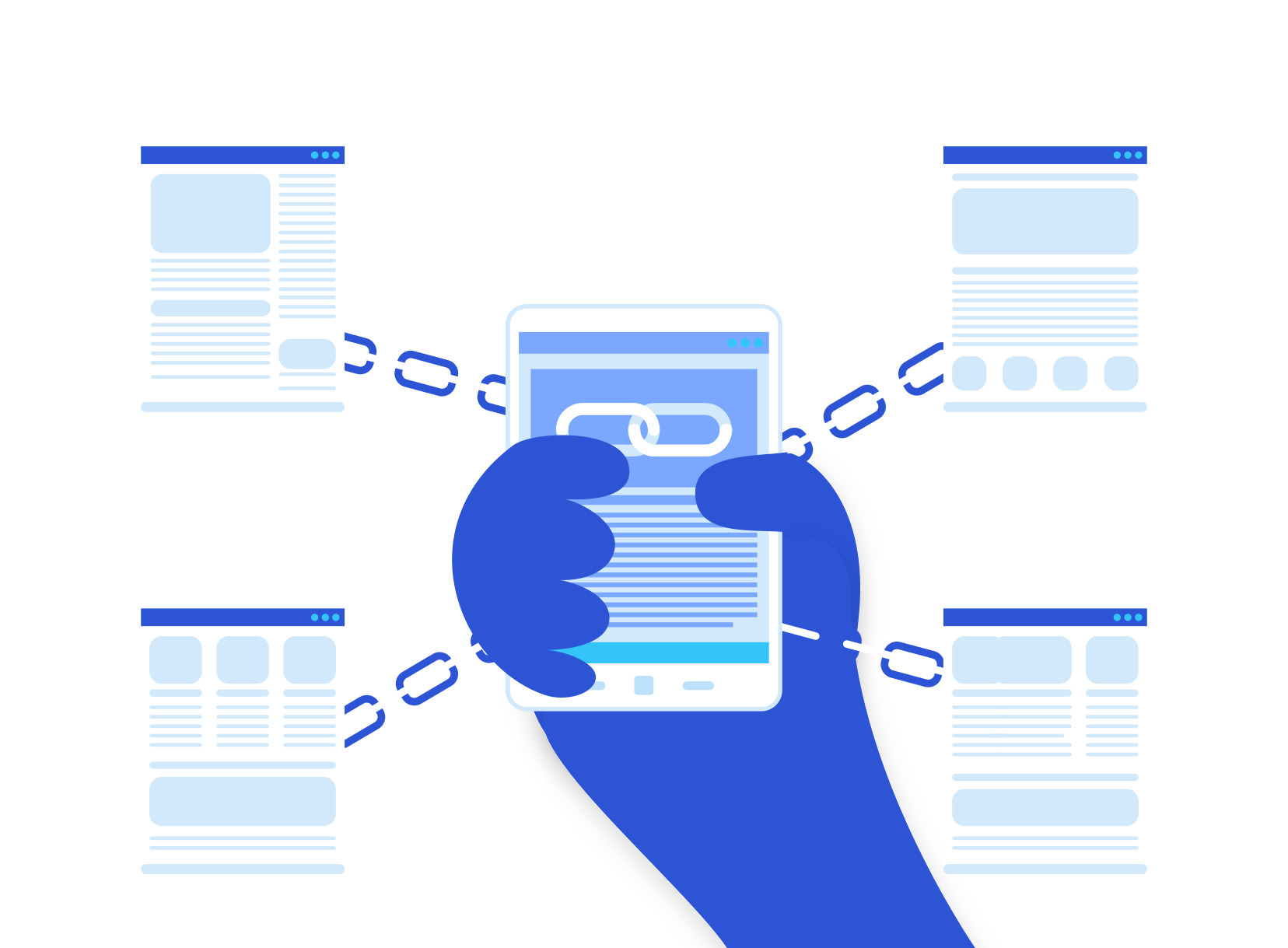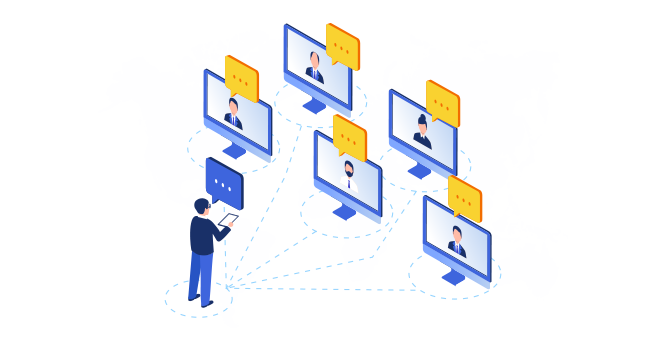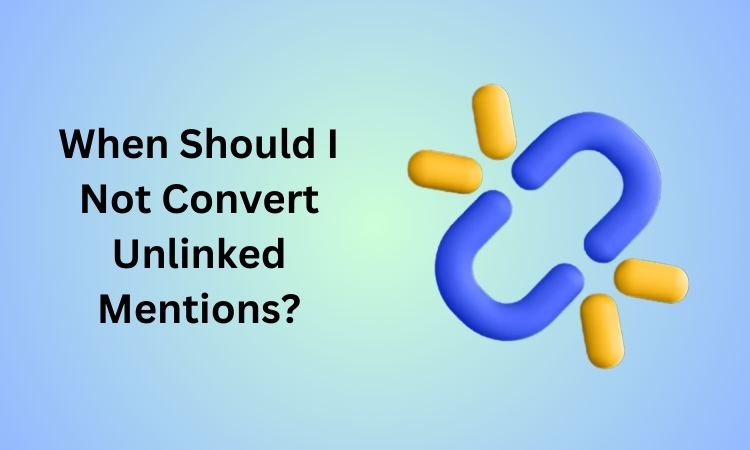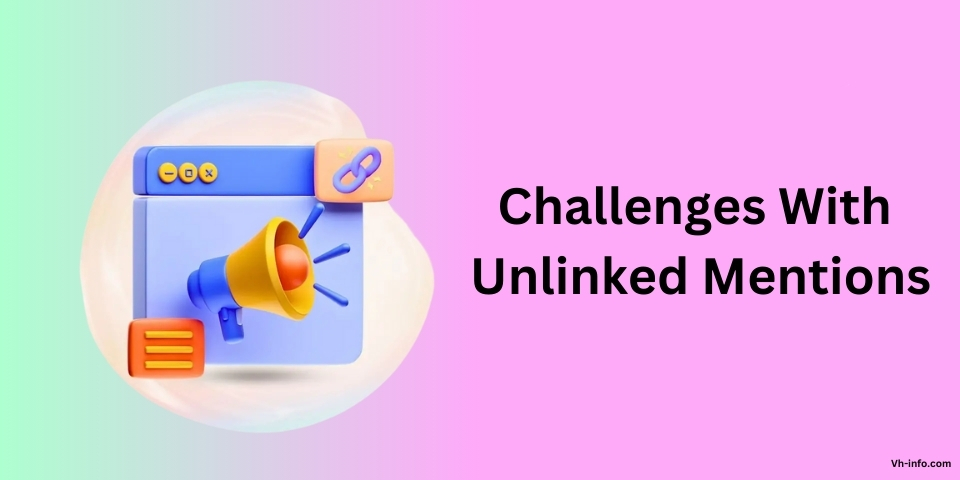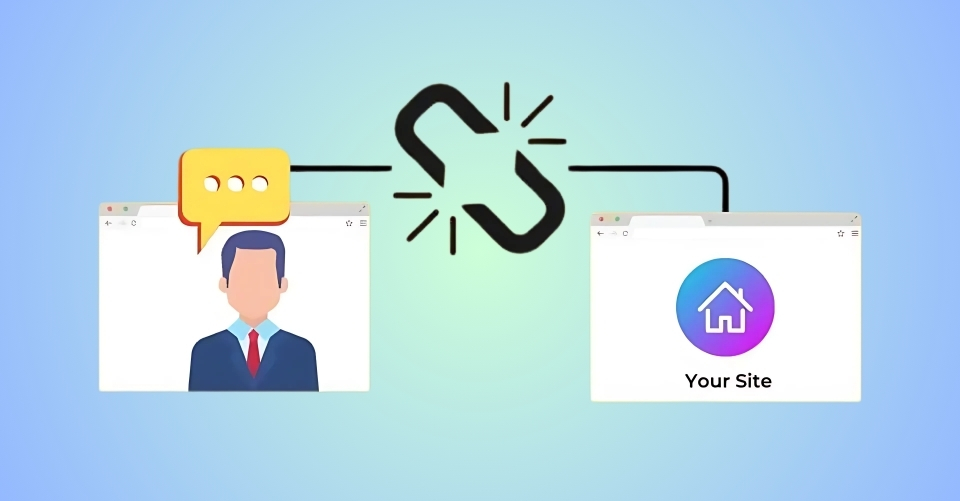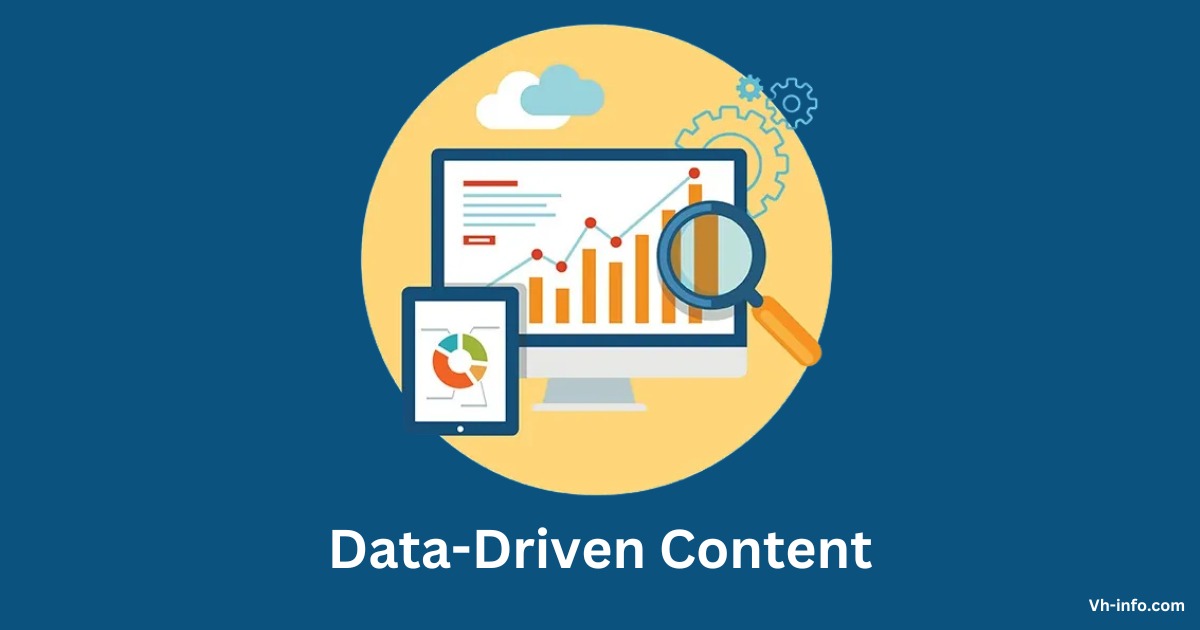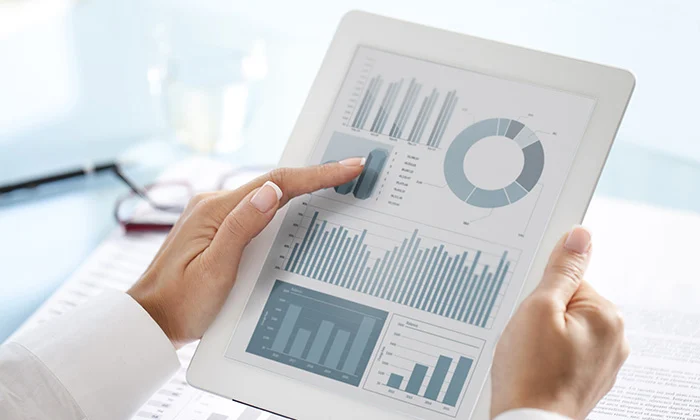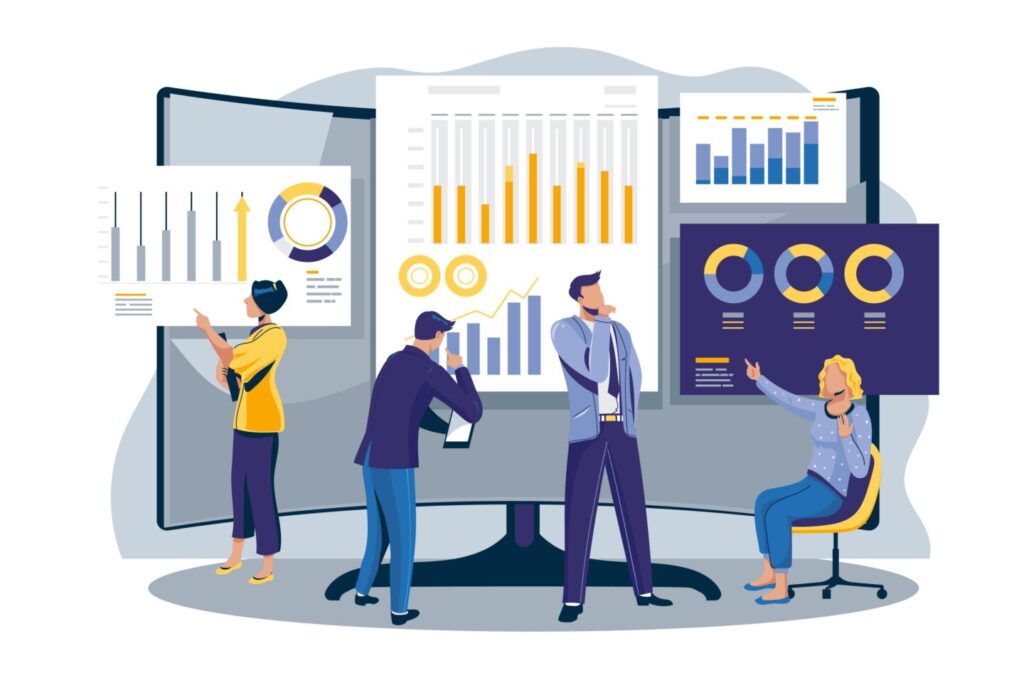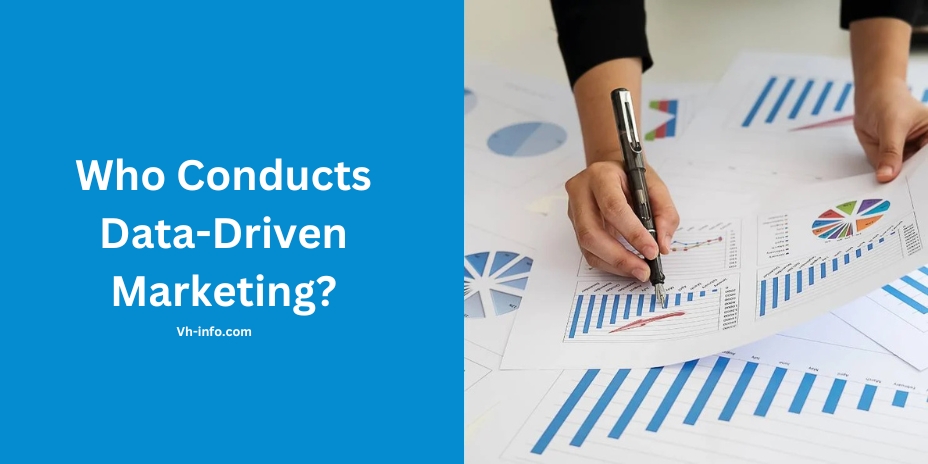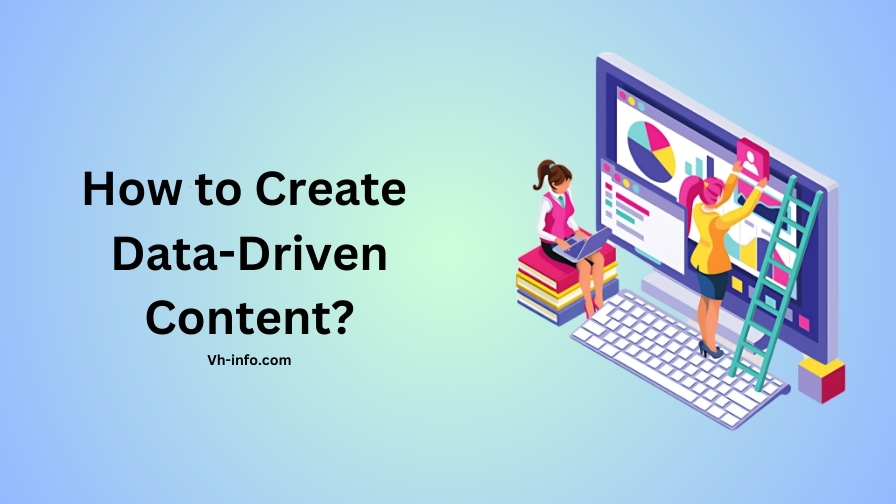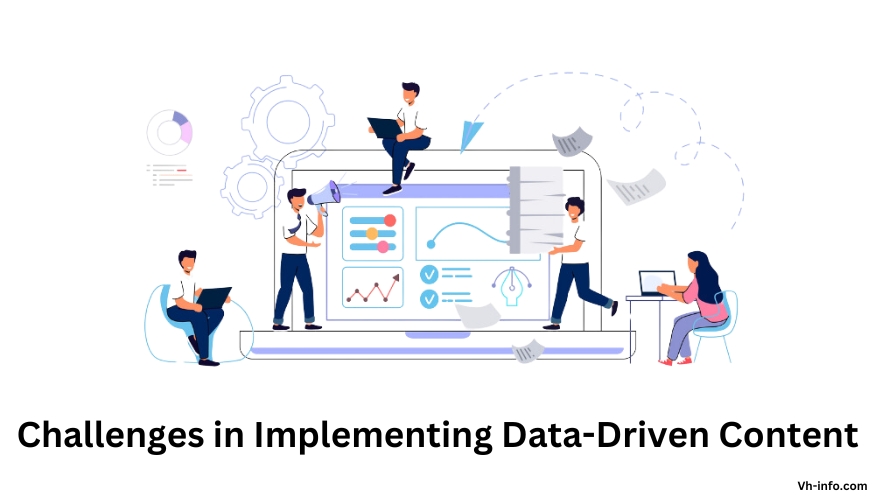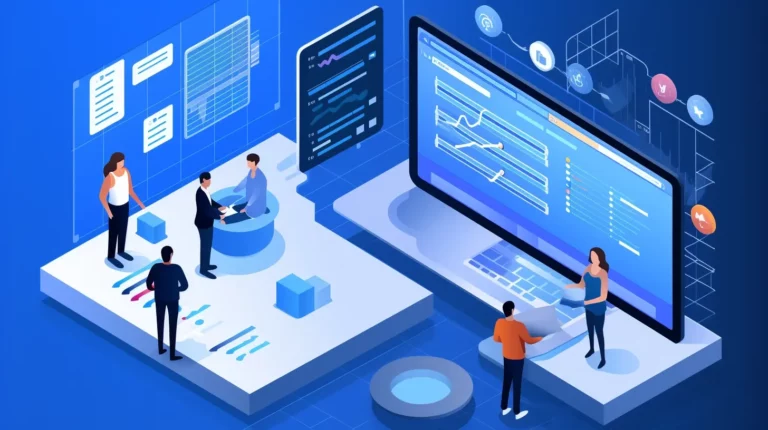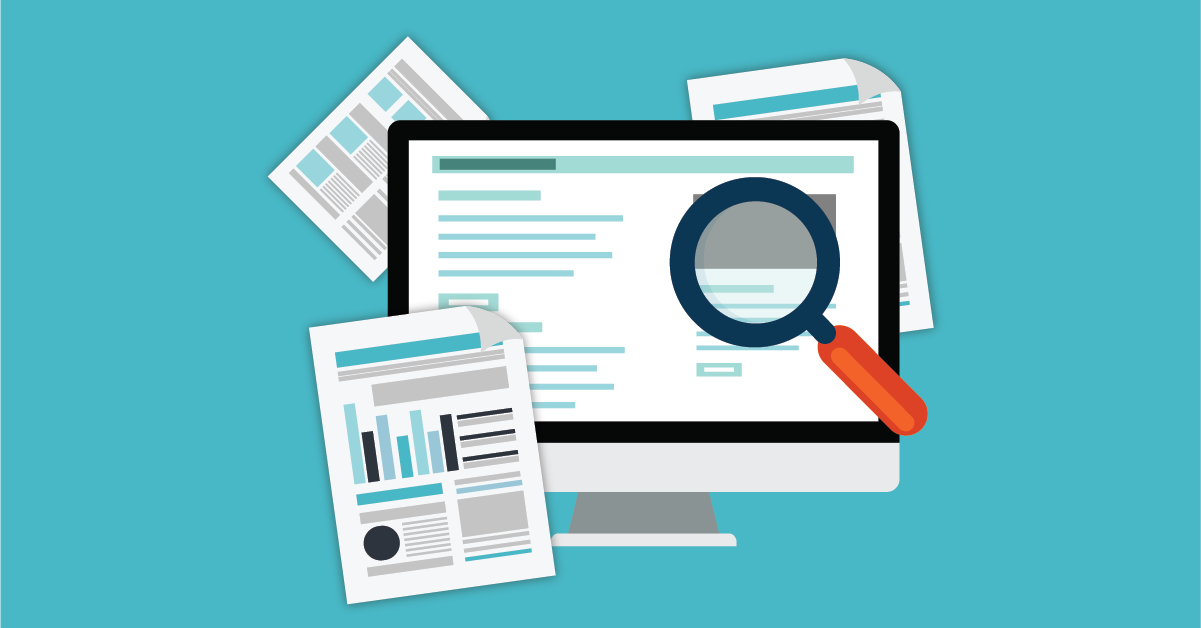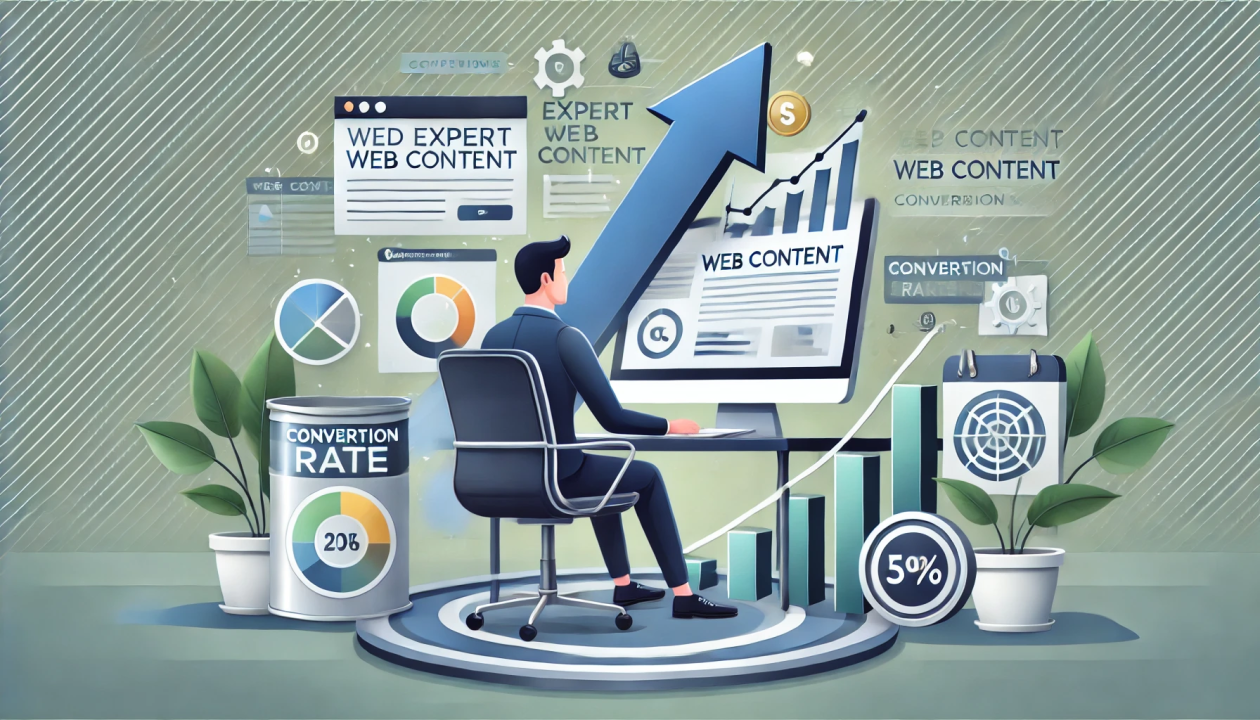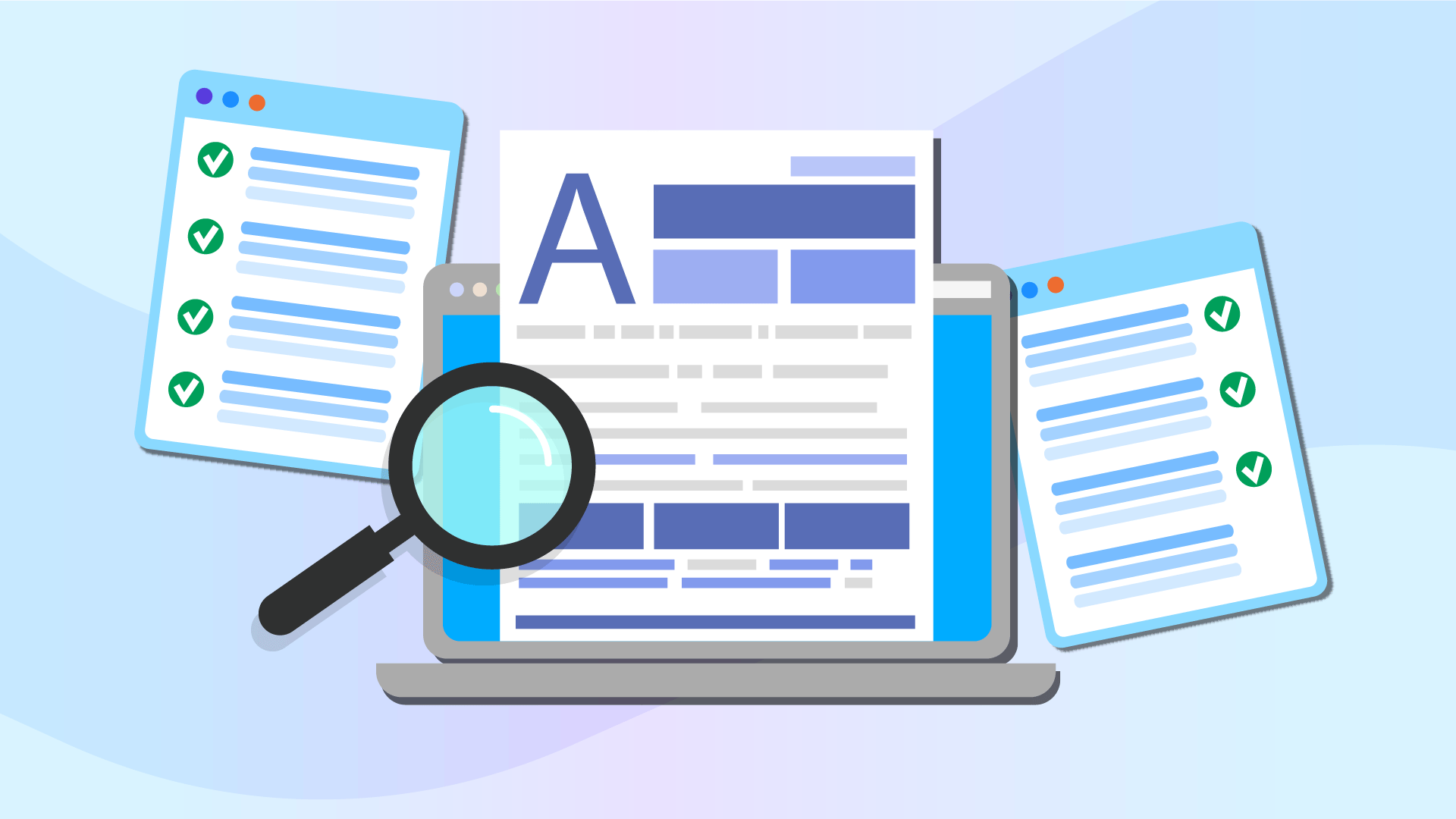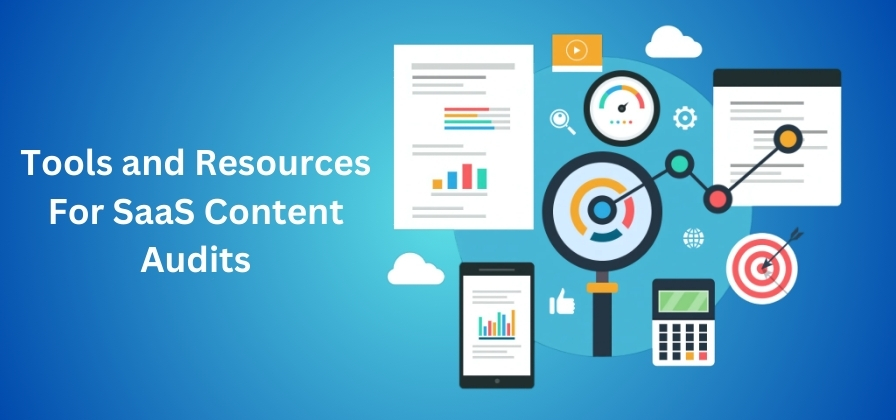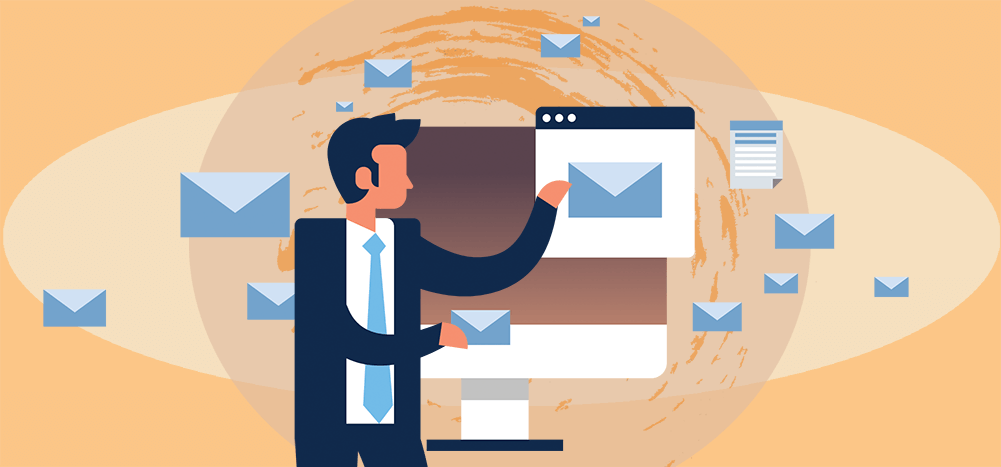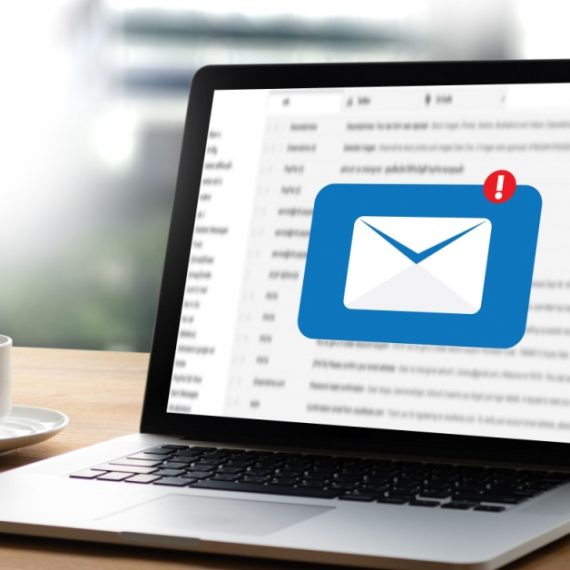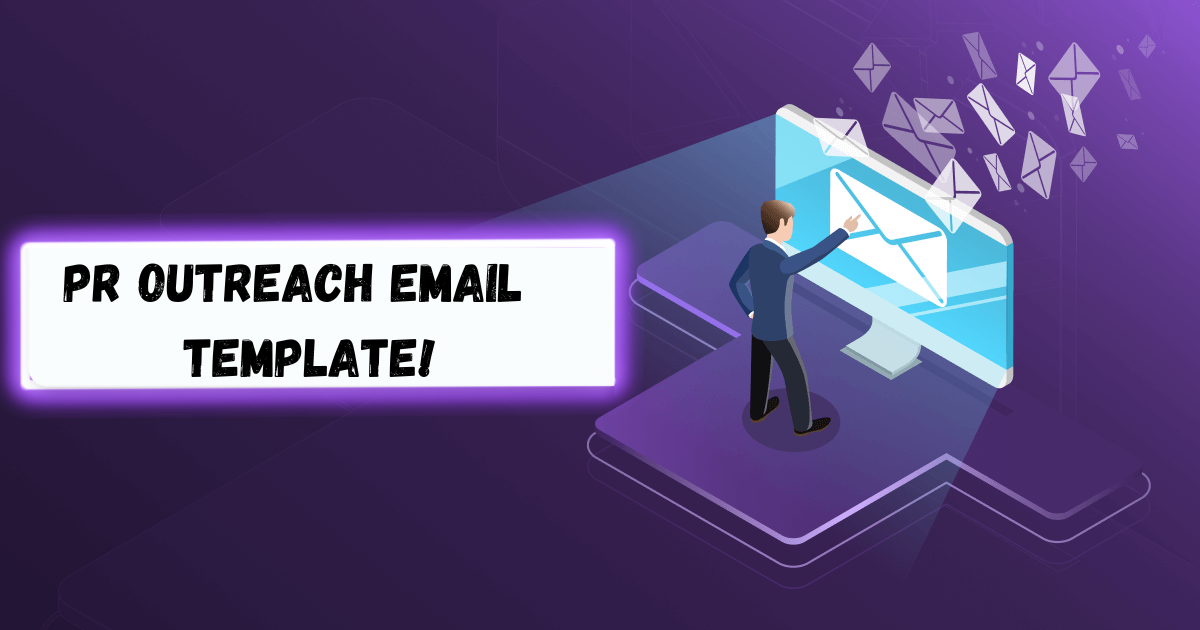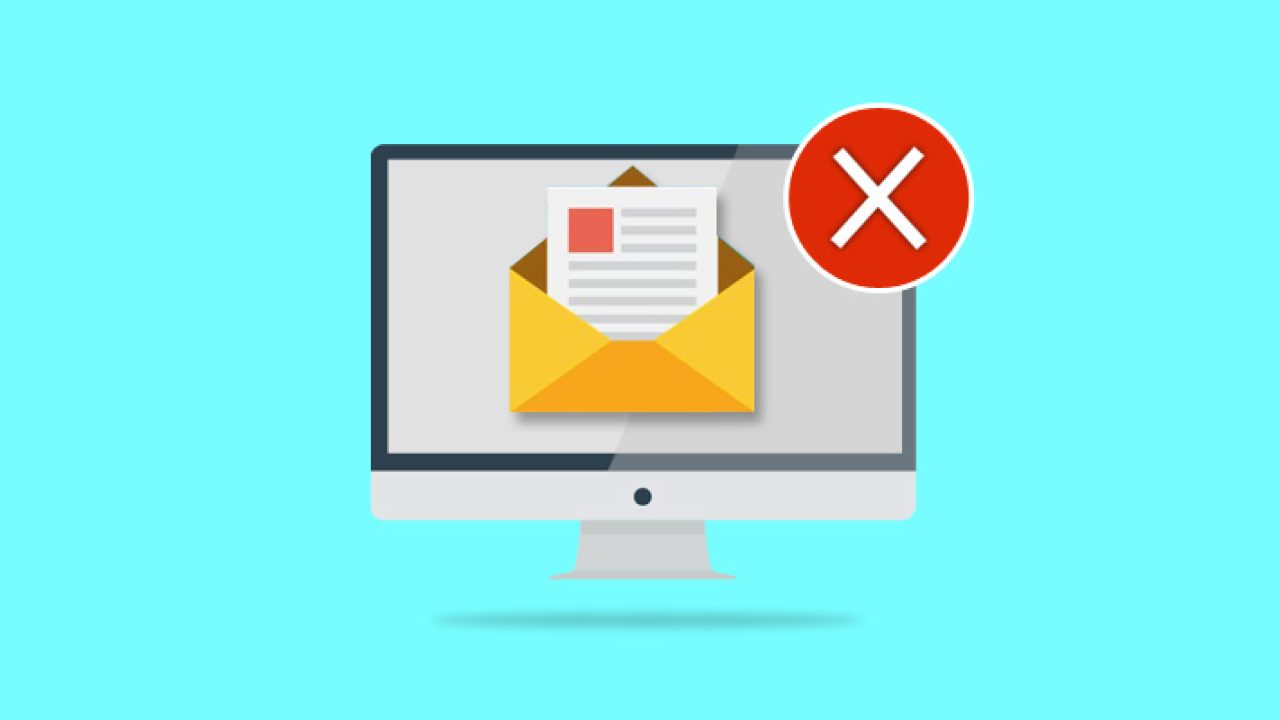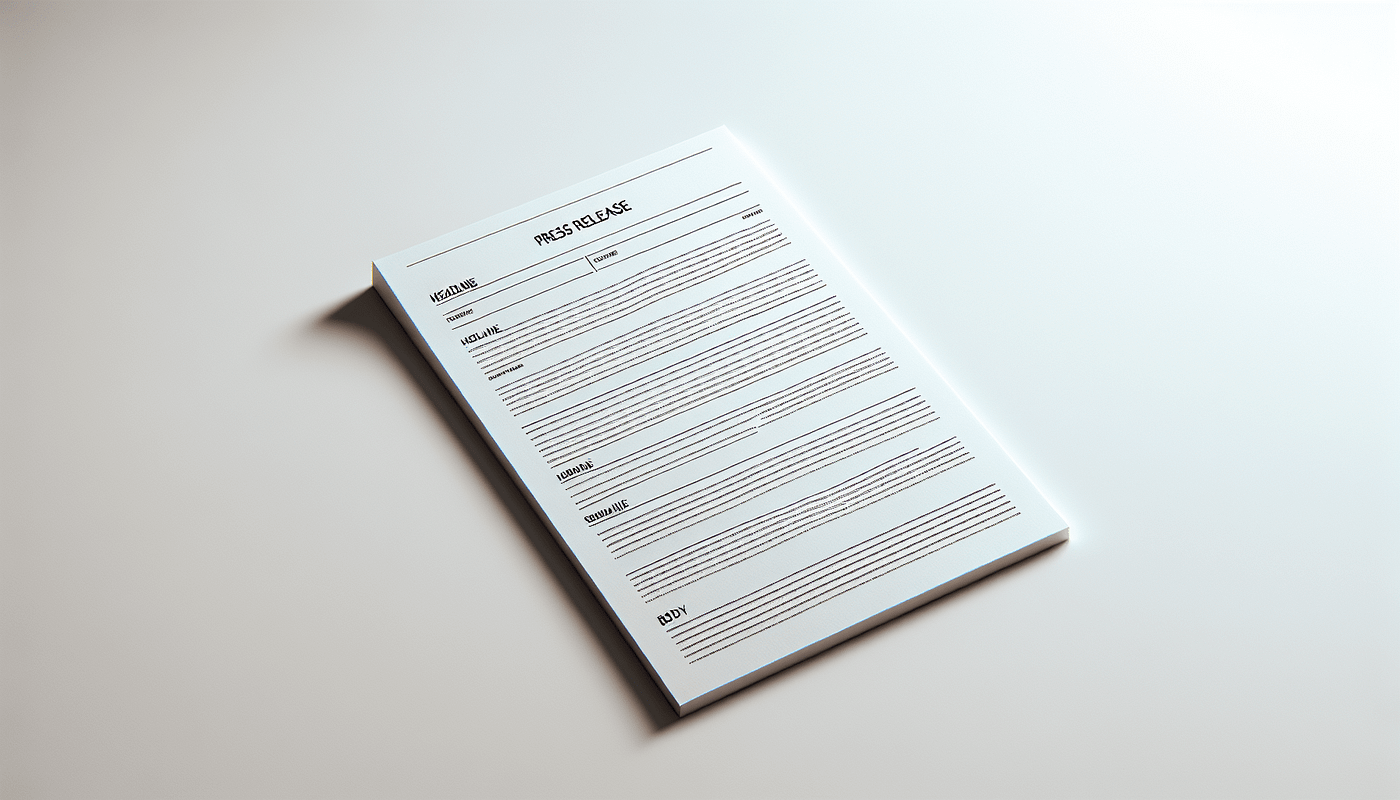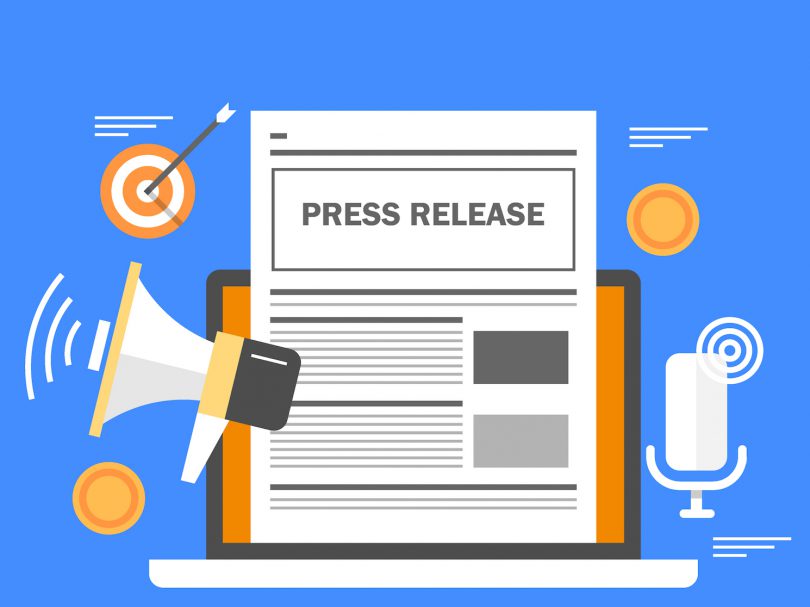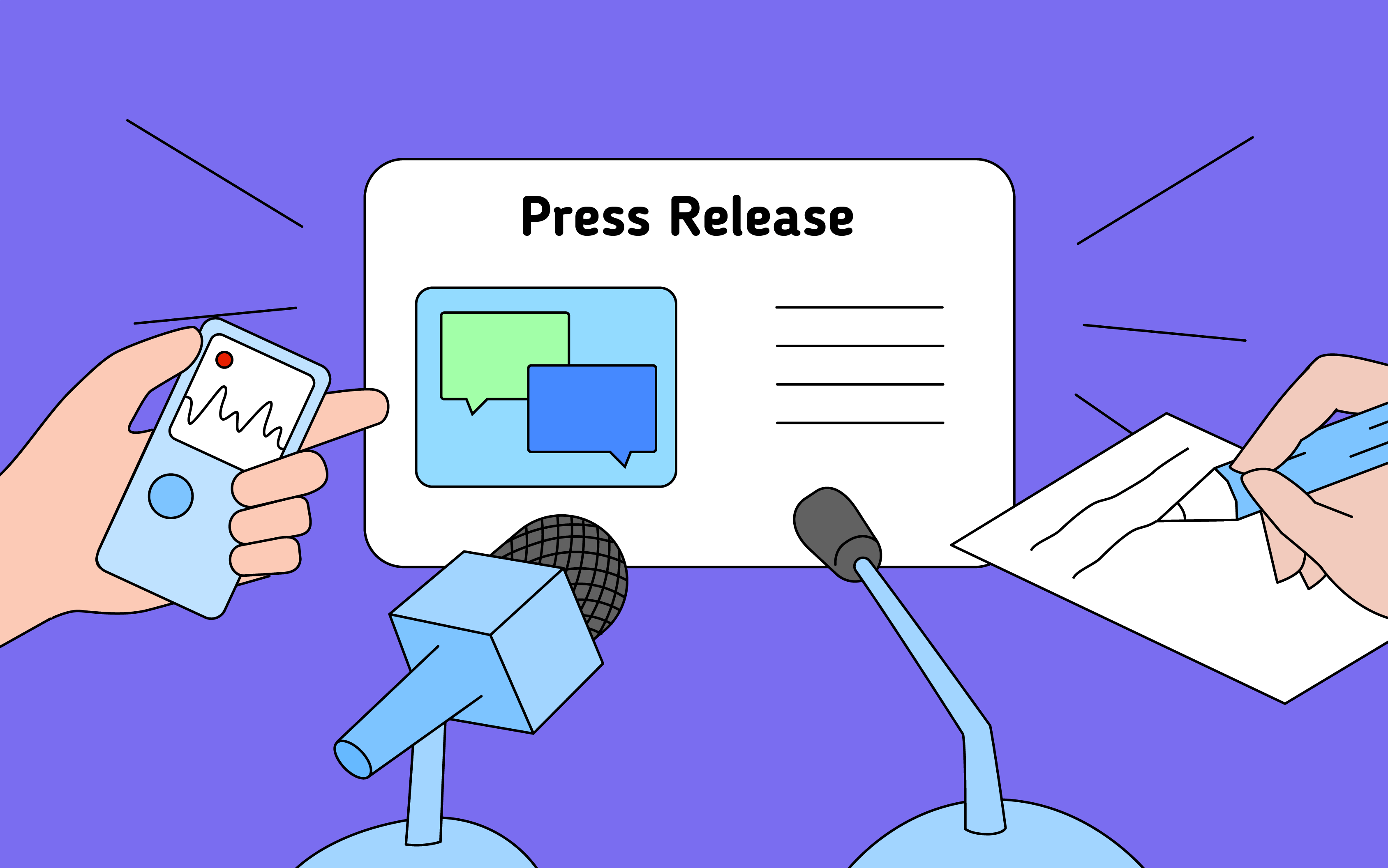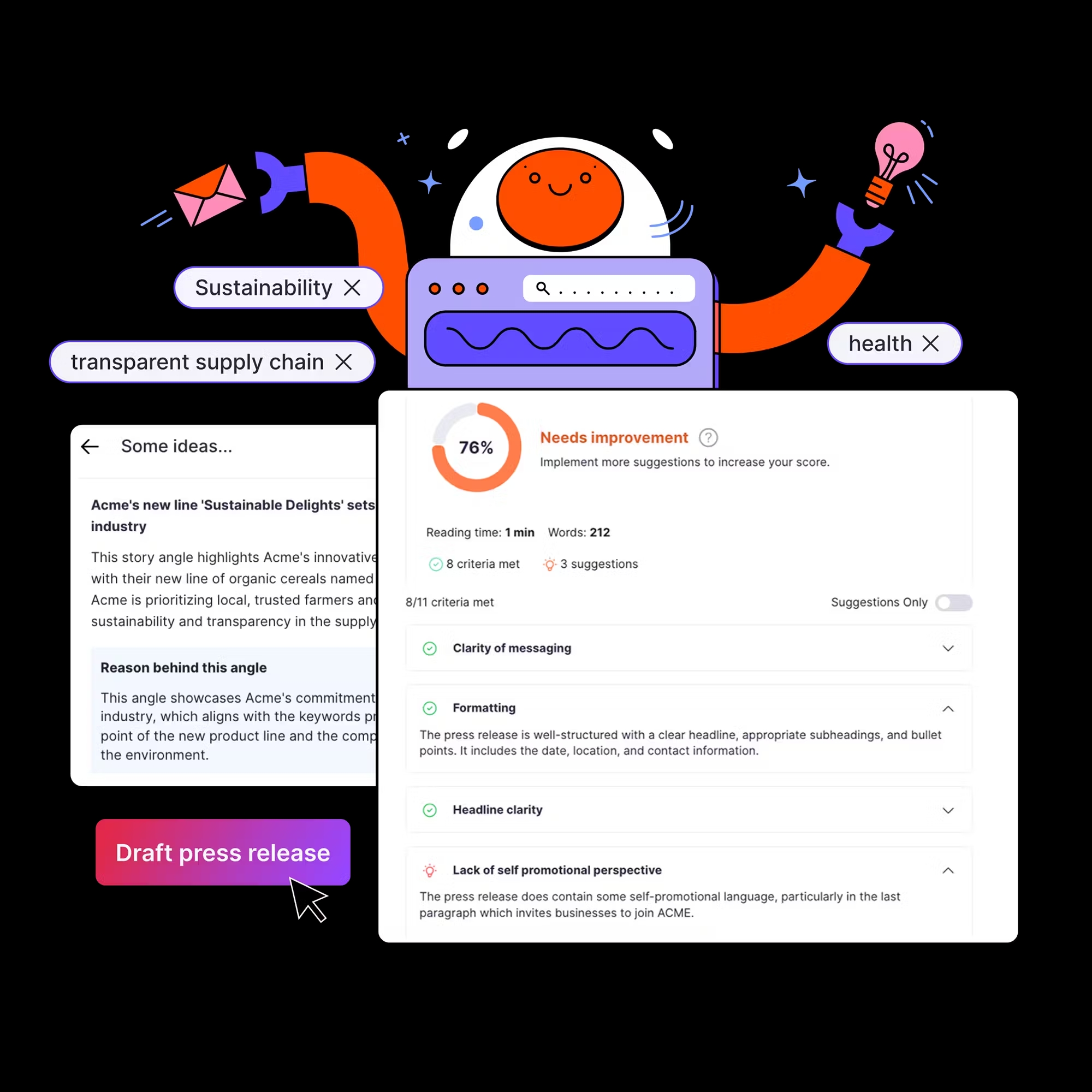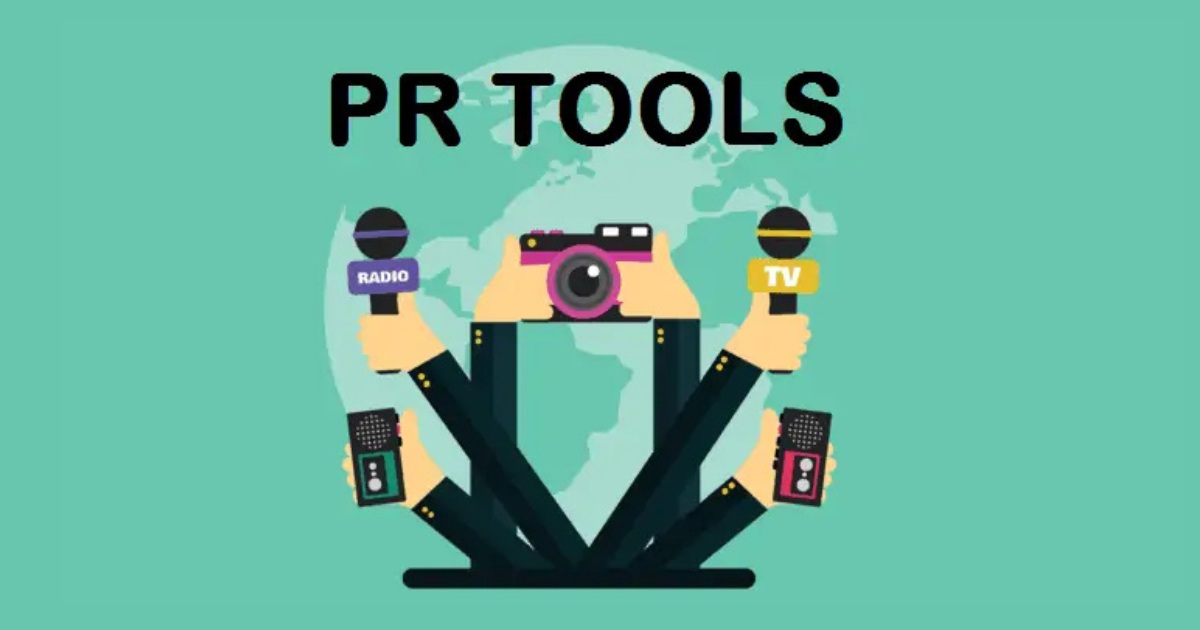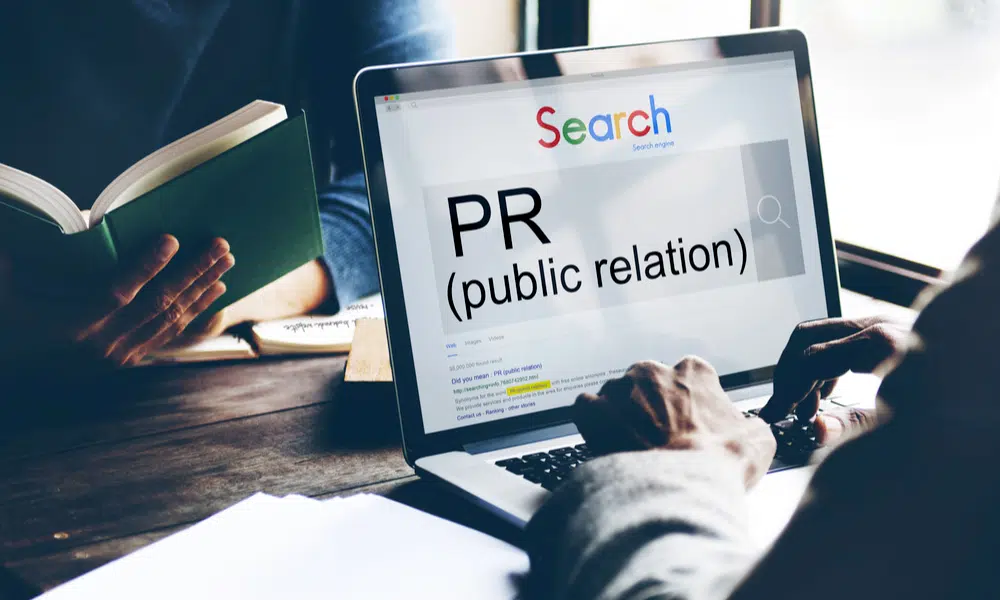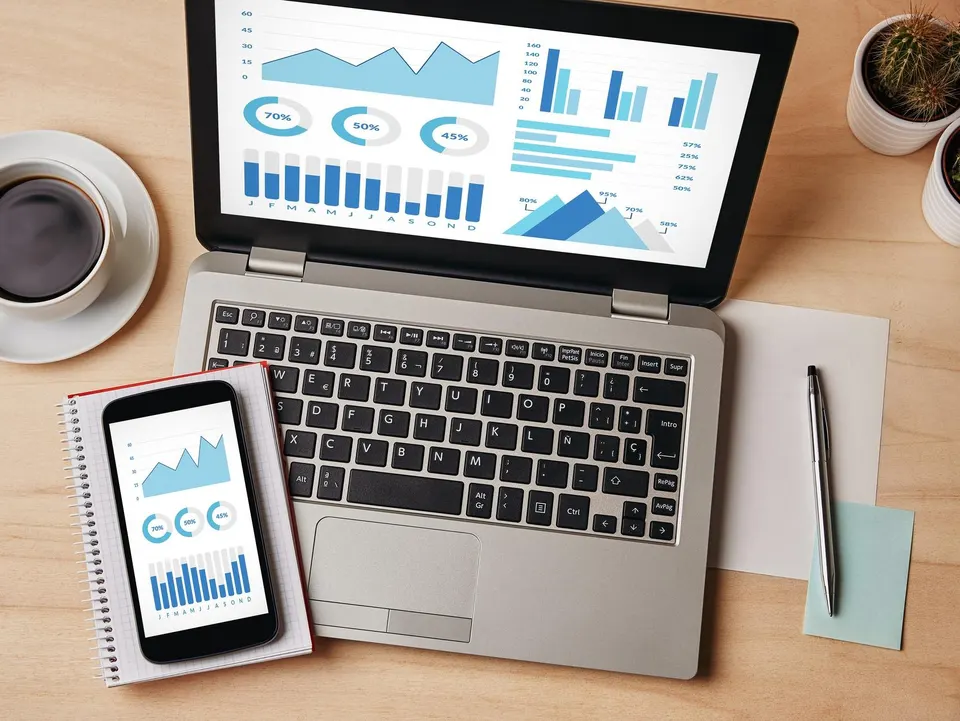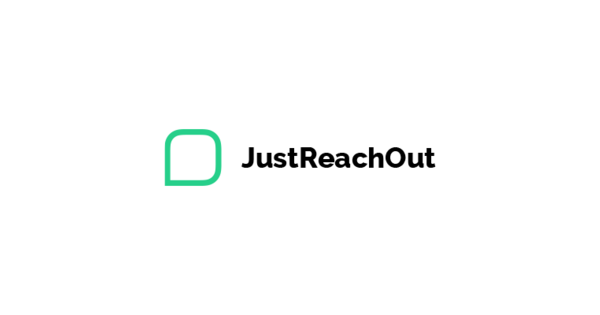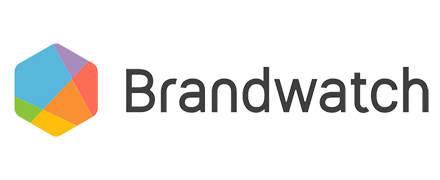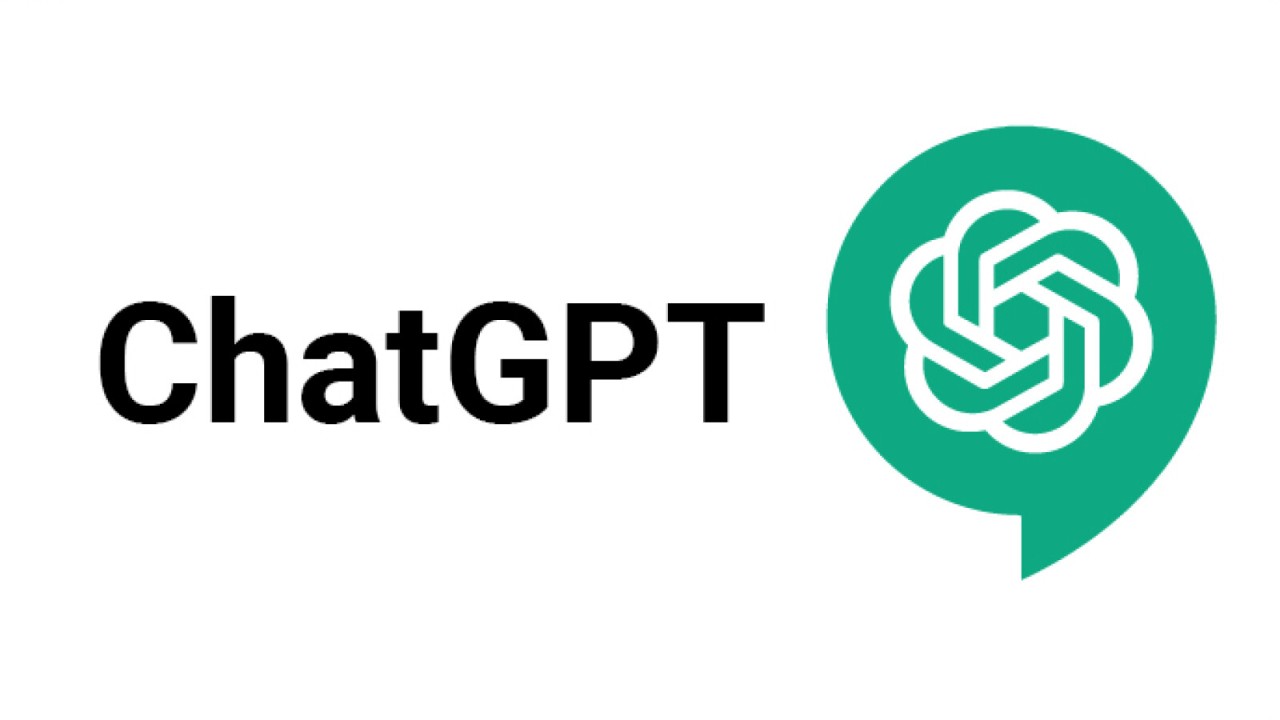In today’s rapidly evolving media landscape, verticals have gained significant traction.
As traditional news outlets like the New York Times, Washington Post, and Wall Street Journal adapt to digital transformations, verticals have become an important strategy for targeting specific audiences.
This article explores a vertical in journalism, its purpose, types, benefits, and how it differs from traditional articles. We’ll also provide insights into creating effective verticals and answer common questions about their role in modern media.
What is a Vertical in Journalism?
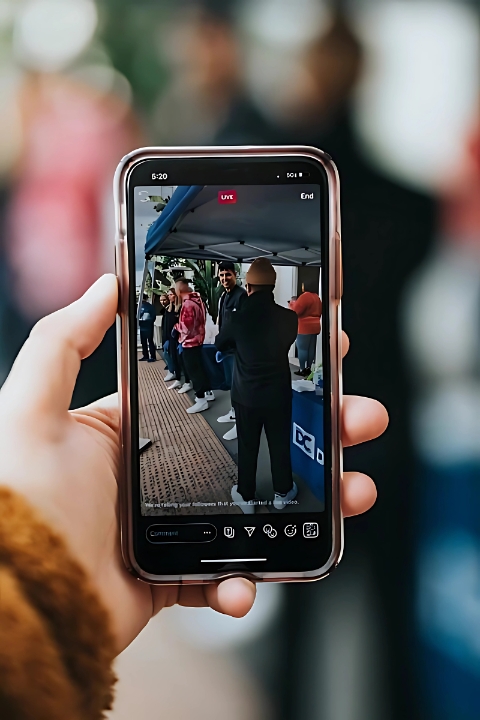
A vertical in journalism refers to a specialized segment or category within a broader publication that focuses on a specific topic or industry. Unlike general news coverage, verticals cater to niche audiences by providing in-depth content tailored to their interests.
This approach allows media outlets to engage with particular groups of people more effectively, enhancing their online presence and fostering community among readers.
Purpose of Verticals in Journalism
The primary purpose of verticals is to deliver targeted content that resonates with specific audience segments.
Focusing on niche topics, verticals help media outlets differentiate themselves in a crowded market, attract dedicated readerships, and create opportunities for specialized advertising and marketing strategies.
This targeted approach is particularly beneficial for engaging audiences on social platforms like Facebook, Twitter, and Instagram.
How Verticals Differ From Traditional Articles?
Verticals differ from traditional articles in several key ways:
- Focus: Verticals are centered around specific themes or industries, whereas traditional articles cover a broad range of topics.
- Audience: Verticals target niche audiences with specialized interests, while traditional articles aim for mass appeal.
- Content Structure: Verticals often involve a series of related articles or multimedia content that provides comprehensive coverage of a topic.
Types of Verticals in Journalism
Verticals in journalism are specialized content areas that focus on specific topics or audiences. They help news organizations and media outlets connect with a particular group of people by offering tailored in-depth content.
Let’s break down the three main types of verticals:
Thematic Verticals
Thematic verticals focus on broad themes or topics that appeal to a specific group of people.
For example, a media outlet might create a vertical dedicated to health, technology, or travel. These verticals provide core content that dives deep into the subject, offering readers valuable insights and updates.
Platforms like the New York Times or Wall Street Journal often use thematic verticals to cover areas like finance or lifestyle.
Social platforms such as Instagram and YouTube also support thematic vertical content through videos, blogs, and captions that attract niche audiences. By focusing on one theme, these verticals ensure readers spend less time searching for relevant information.
Industry-Specific Verticals
Industry-specific verticals are designed for professionals in particular industries, such as retail, healthcare, or energy. These verticals deliver specialized information that helps professionals stay updated on trends, policies, and innovations within their fields.
For instance, trade publications like Ad Age target marketing professionals with industry-specific insights. News organizations use these verticals to build credibility among experts while creating opportunities for advertisers to reach a targeted audience.
Analytics tools like Google’s algorithms often play a role in ensuring this content reaches the right inboxes via email newsletters or social media platforms like LinkedIn.
Digital Content Verticals
Digital content verticals focus on creating online-first content that appeals to specific audiences across various platforms like TikTok, Facebook, and Twitter. These verticals often include multimedia formats such as podcasts, videos, and blogs to engage readers in different ways.
For example, the Washington Post has digital offshoots like TikTok accounts or YouTube channels that cater to younger audiences with interactive and entertaining content.
Digital verticals rely heavily on SEO strategies to improve their online presence and reach their target audience effectively.
They also allow media outlets to experiment with horizontal content strategies by connecting multiple themes under one umbrella while maintaining niche appeal.
Each type of vertical plays a unique role in journalism by helping news outlets connect with their audience in meaningful ways while offering advertisers and marketers new opportunities for targeted campaigns.
Benefits of Using Verticals in Journalism
In today’s media world, combining different areas can help news organizations grow and engage better with their audience.
- Targeting Niche Audiences: Verticals allow media outlets to focus on specific demographics or interest groups. This targeted approach helps build loyalty among readers who feel their interests are being directly addressed.
- Enhancing Reader Engagement: By providing content that resonates with specific audiences, verticals can increase reader engagement and interaction. This can lead to higher retention rates and more active participation from the audience.
- Opportunities For Advertisers and Marketers: Verticals offer unique opportunities for advertisers to reach targeted audiences with tailored messages. This can lead to more effective advertising campaigns and higher conversion rates. For example, businesses in the SaaS industry can utilize a SaaS Link Building Service to enhance their visibility and connect with niche audiences through strategic content placement and backlinks.
Examples of Verticals in Journalism
To better understand the concept of verticals in journalism, let’s explore some examples that illustrate their diversity and application across different media outlets.
Trade Publications
Trade publications are specialized magazines or journals that focus on specific industries or professions.
These verticals provide in-depth coverage of industry trends, news, and analysis tailored to professionals within that sector. For example, Computer World by IDG Communications is a prominent trade publication catering to IT professionals.
These publications serve as valuable resources for industry insiders by offering detailed insights and expert opinions. They also present strong opportunities for advertisers looking to reach a targeted audience with specific interests.
By focusing on niche topics, trade publications can build strong relationships with their readers and maintain a loyal subscriber base.
Specialized Columns Or Blogs
Specialized columns or blogs are verticals that focus on particular themes or subjects within broader publications. These sections provide detailed content on topics like technology, health, or finance, often written by experts or enthusiasts in the field.
For instance, the New York Times might have a dedicated blog for personal finance advice. These verticals allow media outlets to cater to niche audiences who seek specialized information.
They often use social media platforms like Twitter and Facebook to engage readers and drive traffic to their content. By maintaining a consistent theme and voice, these columns or blogs can enhance reader engagement and foster community among like-minded individuals.
Digital Offshoots of Main Publications
Digital offshoots are extensions of traditional media outlets that exist primarily online. These verticals often include websites, podcasts, or social media channels dedicated to specific topics or audiences.
For example, the Washington Post might have a digital offshoot focused on climate change that includes articles, videos, and interactive content. These platforms allow media organizations to experiment with new formats and reach younger audiences through social platforms like TikTok and Instagram.
Digital offshoots capitalize on SEO strategies to improve visibility and attract niche audiences while maintaining the core values of the parent publication. They provide a flexible space for innovation and audience engagement in the digital age.
These examples demonstrate how verticals can effectively target specific groups of people by offering tailored content that meets their interests and needs. By focusing on niche areas, these verticals help media outlets build stronger connections with their audiences and create new opportunities for advertisers and marketers.
How to Create Effective Verticals in Journalism?
Creating effective verticals in journalism involves a strategic approach that focuses on understanding the audience, developing consistent themes, and utilizing analytics for continuous improvement.
Here’s how you can achieve this:
Identifying the Target Audience
The first step in creating successful verticals is to identify your target audience. This involves understanding the specific group of people you want to reach, including their demographics, interests, and media consumption habits.
For instance, knowing whether your audience prefers consuming news via social media platforms like Facebook or Twitter can help tailor your content distribution strategy. Conducting market research and using tools like Google Analytics can provide insights into what your audience cares about and how they engage with content.
Developing Consistent Themes
Consistency in themes is important for establishing a strong identity for your vertical. This means selecting topics or themes that align with your audience’s interests and sticking to them across all content pieces.
For example, if your vertical focuses on environmental issues, ensure all articles, blogs, and social media posts reflect this theme. Consistent themes help build authority and trust among readers, as they come to expect reliable information on specific topics from your publication.
Additionally, maintaining a consistent tone and style across different types of content—whether it’s a blog post or a podcast—helps reinforce your brand’s voice and enhances reader engagement.
Using Analytics and Feedback
Analytics play a vital role in refining and improving your verticals.
Using real-time content analysis tools like Parse.ly or Chartbeat, you can track how well your content is performing in terms of engagement, reach, and conversions. Analyzing metrics such as page views, time spent on a page, and social media shares provides valuable insights into what works and what doesn’t.
Additionally, gathering feedback from your audience through surveys or comments helps identify areas for improvement.
Startups, for example, can benefit greatly from tailored strategies like SEO for Startup to optimize their content visibility and ensure their verticals resonate with their target audience effectively.
This data-driven approach allows you to adjust your content strategy based on what resonates most with your readers, ensuring that your vertical remains relevant and effective over time.
Focusing on these key areas— audience identification, thematic consistency, and analytics— can help you create verticals that not only attract but also retain a dedicated readership. This strategic approach helps media outlets build stronger connections with their audiences while providing valuable opportunities for advertisers targeting niche markets.
FAQ’s:
Why Are Verticals Important For Niche Journalism?
Verticals are important for niche journalism because they allow news organizations to focus on specific topics or groups of people. This targeted approach helps build trust and loyalty among readers who value in-depth, relevant content. Media outlets like the New York Times and Wall Street Journal use verticals to engage niche audiences while creating new revenue opportunities through specialized advertising.
What Makes a Journalism Vertical Successful?
A successful vertical delivers high-quality, focused content that meets the needs of its target audience. It requires consistent themes, expert insights, and engaging formats like blogs, podcasts, or newsletters. Tools like analytics and audience feedback help refine the vertical’s strategy, ensuring it stays relevant and valuable over time.
How Do Verticals Impact Audience Engagement?
Verticals enhance audience engagement by providing content tailored to specific interests. Readers spend more time on content that resonates with them, leading to higher interaction rates on platforms like Facebook, Twitter, and Instagram. This personalized approach fosters a sense of community and keeps readers coming back for more.
Can Verticals Coexist With General News Coverage?
Yes, verticals can coexist with general news coverage by offering complementary content.
For instance, a general news outlet might have verticals focused on finance or health to serve niche audiences without losing broader appeal. This dual approach allows media outlets to cater to diverse reader preferences while maximizing reach.
Can Verticals Be Used For Digital-Only Publications?
Absolutely! Digital-only publications thrive on verticals by using platforms like YouTube, TikTok, and blogs to reach specific audiences. These verticals often use SEO strategies and social media algorithms to improve visibility and engagement, making them ideal for online-first content strategies.
How Do Verticals Benefit Advertisers?
Advertisers benefit from verticals by reaching well-defined, niche audiences with tailored messages. This targeted approach reduces ad spend waste and increases ROI. For example, a finance-focused vertical can attract advertisers in banking or investment sectors who want to connect with a highly interested audience.
Conclusion
In conclusion, verticals represent a powerful tool for modern media outlets seeking to engage niche audiences effectively. Focusing on specific themes or industries, they provide valuable insights that resonate with targeted groups of people.
As digital platforms continue to evolve, embracing the concept of vertical media will be important for news organizations aiming to maintain relevance and foster deeper connections with their readers.
